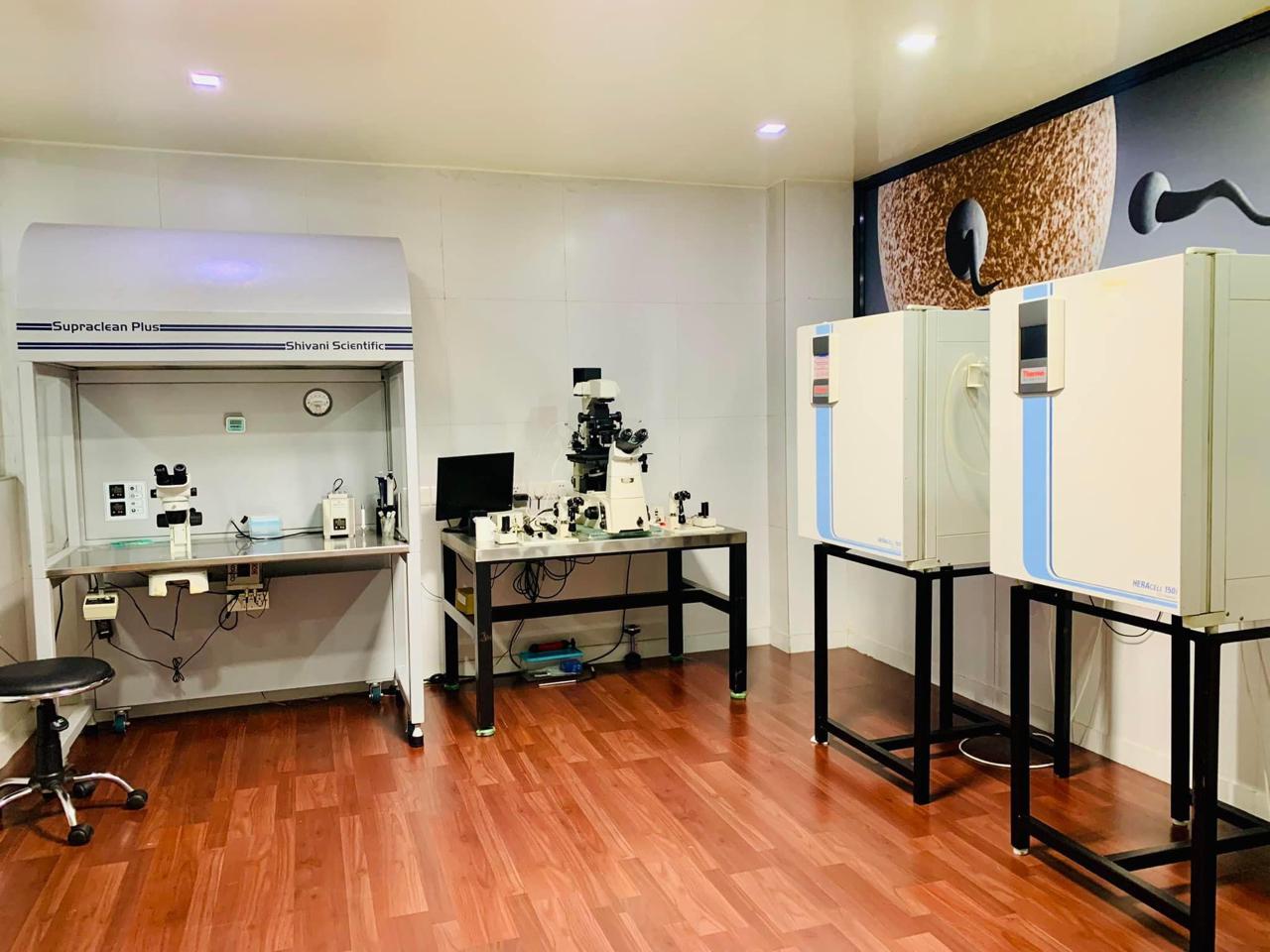Semen Analysis
A landmark investigation looks at the amount and quality of semen as a first step toward diagnosing reproductive issues. It also evaluates the effectiveness of a vasectomy. The assessment process involves gathering a sample of semen and analyzing it in a lab.
Unveiling Fertility Potential: Understanding Semen Analysis
A laboratory examination that examines a semen specimen under a microscope is called a semen analysis. It evaluates: Your semen count, or the amount of semen in your semen. The degree of motility (activity) in semen. Semen morphology, or form.
Unlocking Fertility: The Importance of Semen Analysis
Analysis for male infertility
It is common practice to recommend a semen analysis for couples who are having trouble getting pregnant. A doctor can use this analysis to help determine whether a man is infertile.
Furthermore, the research helps determine whether the root cause of infertility is low semen count or malfunction in the semen.
Assessment for vasectomy effectiveness
Semen analysis is performed on males who have had vasectomy surgery to confirm that there is no semen present. The tubes that carry semen from the testicles to the penis are cut and sealed during a vasectomy, which acts as a long-term form of birth control.
In order to establish that there is no semen in the men’s semen after a vasectomy, doctors usually urge men to have semen analysis done every month for three months.

Preparing for Precision: Semen Analysis Readiness
Your doctor will give you instructions on how to be ready for the semen analysis. Following these guidelines is essential to guarantee accurate outcomes.
- Do not ejaculate for 24 to 72 hours before the test in order to ensure the best possible sample quality.
- It is recommended that you abstain from alcohol, caffeine, cocaine, and marijuana for a period of two to five days prior to the test.
- Put an end to taking natural remedies.
- According to your doctor’s advice, stop taking any hormone drugs.
- Discuss any current medications you are taking with your doctor.
Unveiling Vitality: The Process of Semen Analysis:
You will need to provide a sample of your semen for examination to your doctor. There are four main ways to obtain a sample of semen
- Sexual assault
- Using a condom during sexual activity
- Having sex with withdrawal before to ejaculation
- Electrical stimulation of ejaculation
Masturbation is said to be the best technique for getting a clean sample.

Ensuring a quality sample
Getting a sufficient testing sample depends on two important factors. The semen needs to be kept at body temperature first. Any departure from this could produce unreliable outcomes. Second, within 30 to 60 minutes following emission, the semen needs to be transported to the testing laboratory. Possible impediments to the test
The test may be negatively impacted by a number of circumstances, including:
- Sample contamination
- Laboratory technician errors
- Illness or stress during test-taking
- Semen exposure to semenicide
A semen analysis has no known hazards attached to it.
In cases when specimen handling is ruled out and semen analysis results show deviations from normal ranges, your doctor might additionally take into account whether you take any of the following medications, which can affect semen count:
- Spirits
- Coffee
- Herbs
- Prescription drugs like cimetidine that are known to lower semen count
- The use of drugs recreationally
- Cigarettes
Balancing Expectations: Understanding Normal Semen Analysis Results:
Depending on the laboratory you visit, you can expect your test results within a week or 24 hours after the semen sample being obtained. There are several considerations for a doctor while reviewing the results of a semen analysis test. A post-vasectomy evaluation looks at semen levels, but an investigation for reproductive problems looks much farther. Your doctor will take into account each of the below results:
Semen Morphology
More than 50% of semen with a normal form is the desired result for semen morphology. Fertility is reduced if more than half of the semen has irregular forms. Any anomalies in the head, middle, or tail of the semen may be detected by the laboratory. Furthermore, immature semen might not be able to fertilize an egg successfully.
Semen Motility
One hour after ejaculation, more than half of the semen must move normally for the experiment to be successful. Semen can travel toward fertilizing an egg thanks to semen motility, which is essential for fertility. Semen movement is evaluated by an automated system, which rates it on a scale of 0 to 4. Semen with a score of 0 is immobile, but a score of 3 or 4 shows ideal movement.
pH Level
A pH of between 7.2 and 7.8 is required for a typical result. If the pH is higher than 8.0, it may suggest an infection; if the pH is lower than 7.0, it may indicate specimen contamination or obstruction in the ejaculatory ducts.
Volume of Semen
More than two milliliters of semen is considered normal. While an excessive fluid amount may dilute the semen present, a low semen volume may indicate inadequate semen for fertilization.
Liquefaction
After ejaculation, semen should liquefy in 15 to 30 minutes. Semen's capacity to liquefy after initially being thick helps with semen mobility. Fertility may be impacted if it does not liquefy in 15 to 30 minutes.
Semen Count
Semen density, or the number of semen, should be found in the range of 20 million to over 200 million in a typical semen assay. Conception may be hampered by a low count.
Appearance
Normal semen has an opalescent, whitish to gray appearance. Whereas a yellow tint could indicate jaundice or adverse drug reactions, a reddish-brown tint might indicate the presence of blood.
Deciphering Irregularities: Unraveling Abnormal Semen Analysis Results
Conception may be hampered by irregular semen’s difficulty reaching and fertilizing eggs. The following conditions may be suggested by anomalies in the results:
- Problems with fertility
- Contamination
- Abnormalities in hormones
- Diseases such as diabetes
- Hereditary anomalies
- Radiation exposure
Your doctor may probably advise additional analysis if your results show any anomalies.
These could include:
- Genetic examinations
- Hormone evaluations
- Urinary ejaculation following
- Samples of testicular tissue
- Evaluation of immune cells against semen
At Venus IVF, we offer expert fertility treatments for men and women, helping you achieve your dream family.
Contact Info
- +977 976-1682874
- +977 976-1682874
- info@venusivf.com
- Venus Hospital, Second floor- IVF department Mid baneshwor Kathmandu, Nepal
- 12-5 PM : Sunday to Friday (except Saturday)
